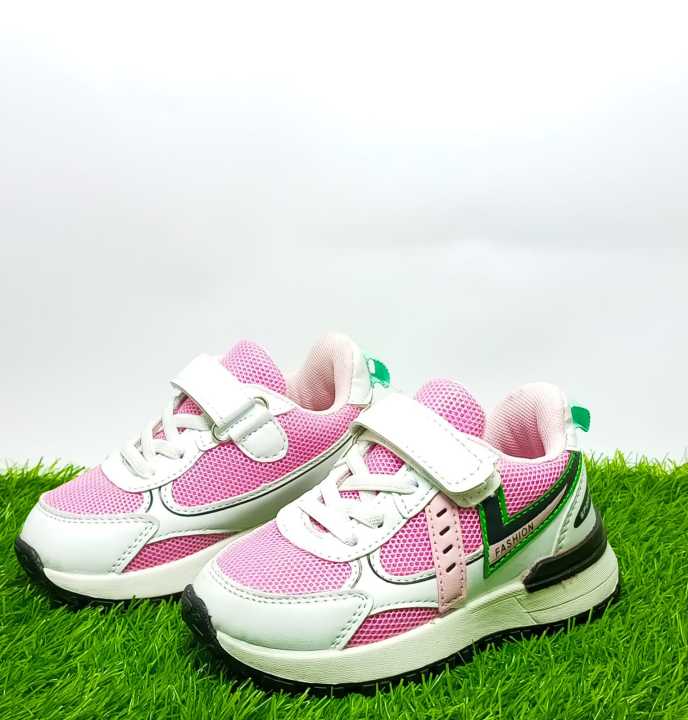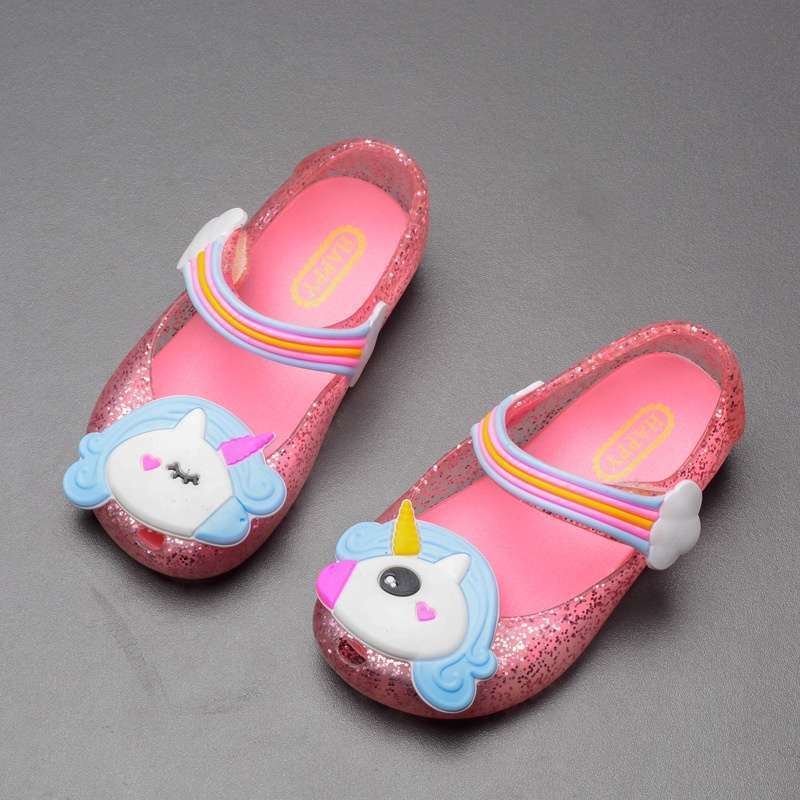When it comes to children's footwear, parents often face a multitude of choices. From sneakers and sandals to school shoes and boots, finding the perfect pair is not only about style but also comfort, durability, and foot health. Kids' feet are constantly growing, and wearing the wrong shoes can lead to discomfort and even long-term foot problems. In this comprehensive guide, we will explore everything you need to know about kids' shoes, from selecting the right fit to understanding the best materials and styles for different activities.
Why Choosing the Right Matters 
Children’s feet are softer and more flexible than adults’ feet, making them more susceptible to deformities if they wear poorly fitting shoes. Ill-fitting shoes can lead to blisters, bunions, and even affect the way a child walks. The right shoes provide the necessary support, allow natural foot development, and ensure comfort for daily activities.
How to Choose the Right Fit
Finding the perfect fit is one of the most crucial aspects of buying kids' shoes. Here are some essential tips to ensure your child gets the right size:
-
Measure Their Feet Regularly – Children's feet grow rapidly, and their shoe size can change every few months. Measure their feet every two to three months to ensure they are wearing the correct size.
-
Check for Enough Toe Room – There should be about half an inch (a thumb's width) of space between the longest toe and the shoe’s front. This allows room for movement and growth.
-
Ensure a Snug Fit Around the Heel – Shoes should fit snugly around the heel without slipping. A shoe that is too loose can cause discomfort and affect a child’s walking pattern.
-
Allow for Flexibility – The shoe should be flexible enough to bend slightly at the toes but still provide adequate support.
-
Choose Adjustable Fastenings – Velcro straps, laces, and buckles allow for easy adjustments, ensuring a secure fit.
-

The Best Materials for Kids' Shoes
The material of a shoe plays a significant role in comfort, durability, and breathability. Here are some of the best materials for kids' shoes:
-
Leather – A high-quality and durable material, leather allows the feet to breathe while providing excellent support.
-
Mesh and Fabric – Lightweight and breathable, these materials are ideal for active children who need good air circulation to prevent sweaty feet.
-
Rubber Soles – These provide a good grip and are essential for preventing slips and falls, especially for school and sports shoes.
-
Memory Foam Insoles – Help distribute weight evenly and offer extra cushioning for added comfort.
Different Types of Kids' Shoes
Depending on the activity and season, kids need different types of shoes. Here are some common categories:
1. School Shoes
School shoes need to be durable, comfortable, and supportive since kids wear them for long hours. Look for sturdy soles, cushioned insoles, and a design that complies with school regulations.
2. Sneakers and Sports Shoes
Active children require sneakers with proper arch support, cushioning, and breathability. Whether for running, playing, or sports, a good pair of sneakers reduces the risk of injuries and enhances performance.
3. Sandals
Perfect for warmer weather, sandals should have a supportive footbed and secure straps to prevent slipping. Closed-toe sandals offer extra protection for little feet during outdoor play.
4. Boots
For winter and rainy seasons, boots keep feet warm and dry. Waterproof boots with insulated linings are great for cold weather, while rain boots made of rubber are perfect for wet conditions.
5. Casual Shoes
Slip-on shoes or stylish flats can be used for casual outings. These should be comfortable and easy to wear while offering enough support.
Signs That Your Child Needs New Shoes
Since kids grow fast, it is essential to keep an eye on signs that indicate they need a new pair of shoes:
-
Complaints of foot pain or discomfort
-
Worn-out soles or visible damage
-
Red marks or blisters on their feet
-
Difficulty walking or limping
-
Shoes that feel tight or hard to put on
Tips for Maintaining Kids' Shoes
Proper care extends the life of kids’ shoes and keeps them in good condition. Here are some maintenance tips:
-
Keep Shoes Clean – Regularly wipe down shoes with a damp cloth to remove dirt and stains.
-
Air Them Out – Let shoes dry out completely between wears to prevent odors and bacterial growth.
-
Use Shoe Inserts – Inserts can provide additional comfort and support while also extending the lifespan of the shoes.
-
Rotate Shoes – Having multiple pairs allows shoes to last longer and keeps feet comfortable in different conditions.
Budget-Friendly Shopping Tips
Buying quality shoes for kids doesn’t have to break the bank. Here are some tips to save money:
-
Shop During Sales – Look for discounts, seasonal sales, and online deals.
-
Buy a Size Up (Slightly) – If possible, buy shoes with a little extra room (but not too big) to allow for growth.
-
Opt for Durable Brands – Investing in well-made shoes may cost more upfront but will last longer.
-
Consider Second-Hand Shoes Carefully – If buying pre-owned shoes, ensure they are in good condition and haven’t molded to another child’s foot shape.
Comments on “The Ultimate Guide to Kids' Shoes: Choosing the Best Footwear for Your Child”